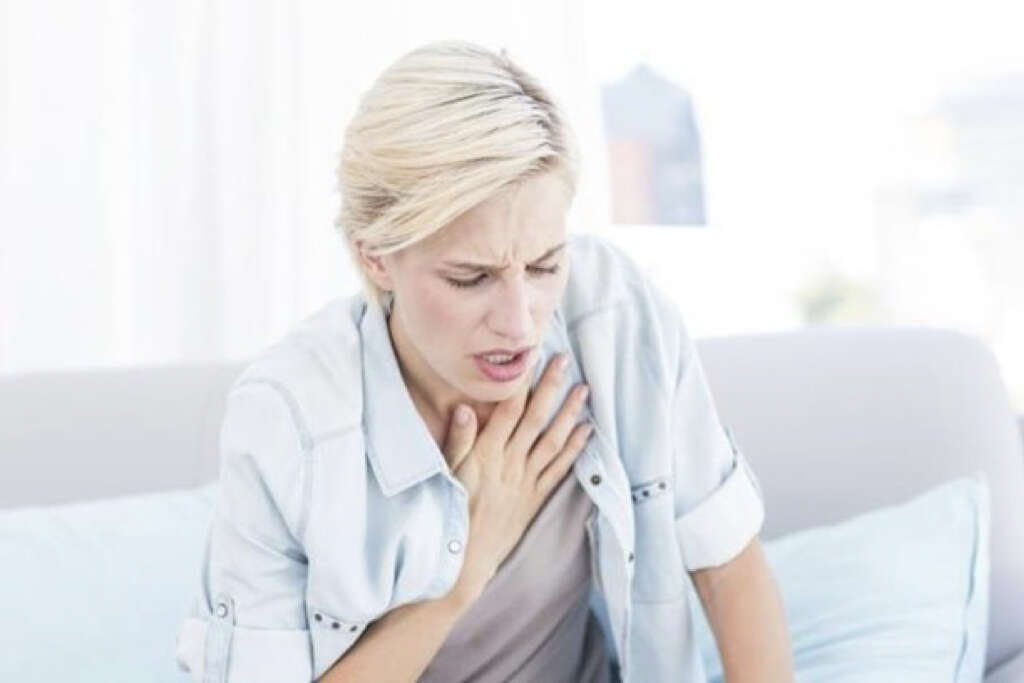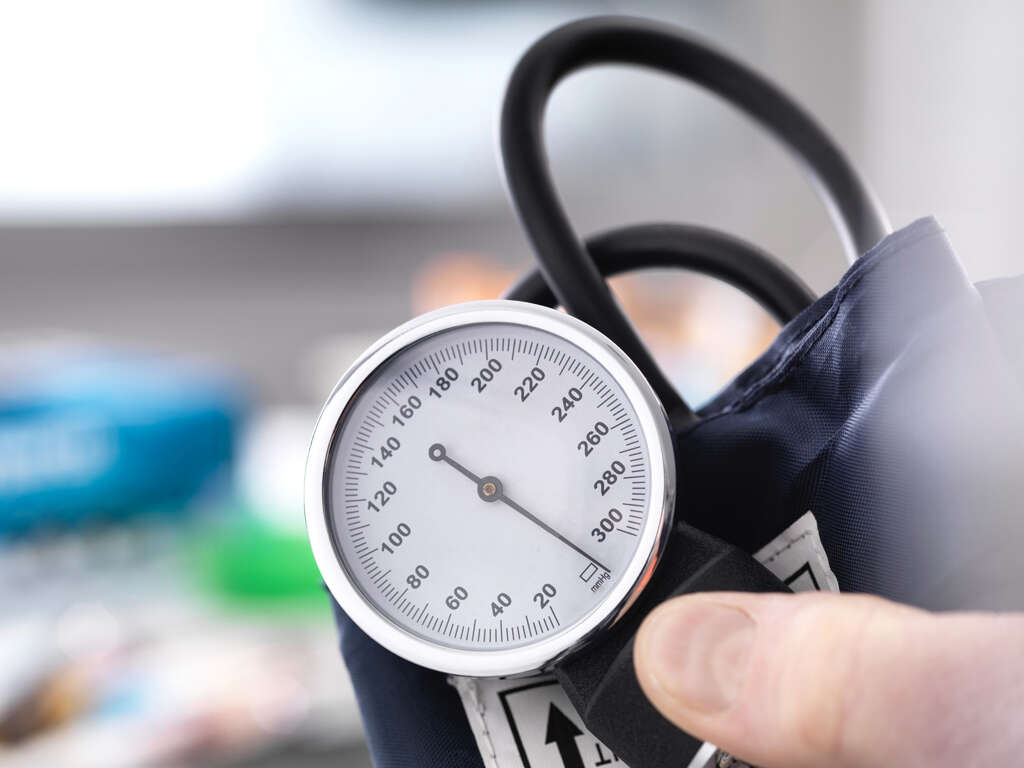10 Endocarditis Symptoms
The inside of our heart has a lining known as the endocardium. Pathogens are usually unable to get a foothold here but occasionally they can. When this lining does become infected, it becomes inflamed in a condition known as endocarditis.
Endocarditis is a condition that usually affects people that already have a heart condition, although it can affect healthy people as well. It is not necessarily a dangerous condition but patients should still make sure they get treatment because it can cause permanent damage.
Antibiotics are usually used to clear up the infection, while surgery may sometimes be needed. This article looks at 10 symptoms of endocarditis to be aware of.

Symptom #1: Fever
Any infection is potentially very serious. Thankfully, however, a lot of infections will remain fairly small and harmless. In some cases, infections are stopped even before they can take hold. This is largely thanks to our impressive immune system that springs into action whenever an infection is found.
One way that our body deals with infections is to turn the body into a place that is difficult for pathogens to thrive in. This means turning up the temperature, which is known as a fever. A fever is a sign that a part of your body has an infection. Fevers are not usually dangerous in themselves.

Symptom #2: Fatigue
Patients suffering from infectious endocarditis may develop fatigue as one of the early symptoms associated with the disease.
This is a non-specific symptom, but it is quite common in the early stages of the disease.

Symptom #3: Muscle And Joint Pain
During the early stages of the disease, infectious endocarditis can look very similar to the flu. Patients may experience fever, chills, muscle pain, and joint pain.
The pain is usually insidious in onset and it is not very intense. It is important to seek medical attention for proper diagnosis and treatment for this condition.

Symptom #4: Pain on Left Side of Torso
The spleen is basically a large lymph node, and this means it helps to filter pathogens from the blood. This makes it an important part of the immune system, and it can get called into action when there is an infection present. The organ will have a lot to do in cases of endocarditis and it can become swollen as a result.
The spleen is located on the left side of the body, just below the ribcage. Therefore, this part of the body can become swollen and tender in cases of endocarditis. The symptom is not necessarily dangerous in itself but is a sign that you should seek medical attention.

Symptom #5: Night Sweats
Many conditions may cause this symptom to appear and endocarditis is one of them. Usually, patients with night sweats wake up covered in sweat from the night before.
As it is a non-specific symptom, it is wise to seek medical attention for proper diagnosis and treatment.

Symptom #6: Weight Loss
If you are struggling to keep your weight down, then losing weight because you are ill might sound like a positive aspect. Unfortunately, though, it is rarely as beneficial as you may think because it can be very bad for your health. You should not lose too much weight too quickly and this is also important for people on a diet.
Patients with endocarditis can sometimes experience otherwise unexplained weight loss. It is a sign that the condition is having a severe impact on their health. The good news is that the patient should be able to regain their strength once the condition has been dealt with.

Symptom #7: Janeway Lesions
We can often tell a lot about somebody’s health just by looking at their skin. If there are spots or rashes that were not there before then it can be a sign of a potentially serious underlying problem. In patients with endocarditis, Janeway lesions can be a giveaway as to what their condition is.
Janeway lesions are deposits of bacteria on the lining of blood vessels. This can cause inflammation, and this shows up us small spots on the skin. They are generally seen on the palms of the patient’s hands and on the soles of their feet. The patient can also have Osler’s nodes, which are very similar only they will be tender.

Symptom #8: Shortness of Breath
With every pump of the heart, life-giving oxygen is sent coursing through the body. As the oxygen in the blood is used up, the blood cells make the return trip to pick up more oxygen from the lungs and do the circuit again. If the heart is not able to pump properly, however, then it will not be as effective at pumping oxygen-rich blood around the body.
If there is not enough oxygen in the blood then it can feel as though we are short of breath. This will encourage us to breath harder, taking in more oxygen. There are numerous reasons why might get short of breath like this, and endocarditis is one of them.

Symptom #9: Chest Pain
A pain in the chest is often associated with a heart attack, so it is something that can be quite alarming. It is not always something that is so urgent, however, and there are various things that can cause such a pain. One potential cause of chest pain is endocarditis.
The pain in these cases is likely to be felt the most when the patient breathes in heavily. While endocarditis may not necessarily be an immediate urgency, it should still be treated as a serious condition. If you have any doubts at all, then get the patient to an emergency ward without hesitation.

Symptom #10: Swelling in Feet
The pressure caused by the beats of the heart will help to force blood all the way around the body. The cardiovascular system forms a complete circuit around the body, allowing the blood to return to the lungs and pick up fresh oxygen. An unhealthy heart, however, might have difficulty forcing the blood around the entire circuit.
Blood is pulled back down to Earth under the force of gravity just like everything else. Thus, if the blood is not being pumped with enough force, it can begin to pool in the feet and ankles under the force of gravity. This is a condition known as edema, and it is something that should be checked out.











